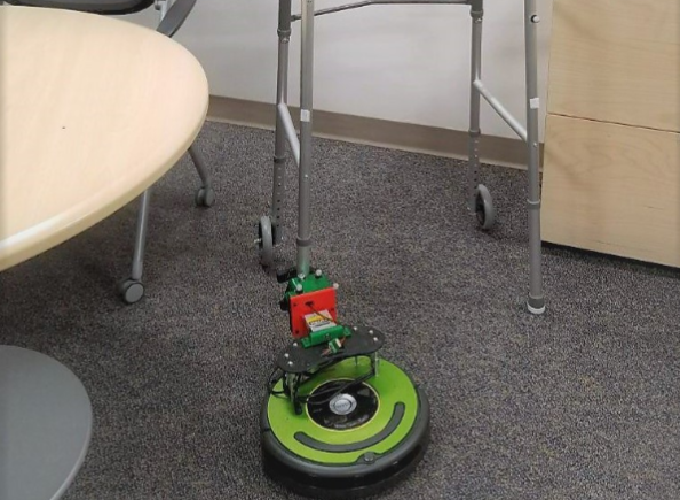Dynamics Model Learning and Manipulation Planning for Objects in Hospitals Using a Patient Assistant Mobile (PAM) Robot
Abstract
One of the most concerning and costly problems in hospitals is patients falls. We address this problem by introducing PAM, a patient assistant mobile robot, that maneuvers mobility aids to assist with fall prevention. Common objects found inside hospitals include objects with legs (i.e. walkers, tables, chairs, equipment stands). For a mobile robot operating in such environments, safely maneuvering these objects without collision is essential. Since providing the robot with dynamic models of all possible legged objects that may exist in such environments is not feasible, autonomous learning of an approximate dynamic model for these objects would significantly improve manipulation planning. We describe a probabilistic method to do this by fitting pre categorized object models learned from minimal force and motion interactions with an object. In addition, we account for multiple manipulation strategies, which requires a hybrid control system comprised of discrete grasps on legs and continuous applied forces. To do this, we use a simple one-wheel point-mass model. A hybrid MPC-based manipulation planning algorithm was developed to compensate for modeling errors. While the proposed algorithm applies to a broad range of legged objects, we only show results for the case of a 2-wheel, 4-legged walker in this paper. Simulation and experimental tests show that the obtained dynamic model is sufficiently accurate for safe and collision-free manipulation. When combined with the proposed manipulation planning algorithm, the robot can successfully move the object to a desired position without collision.
